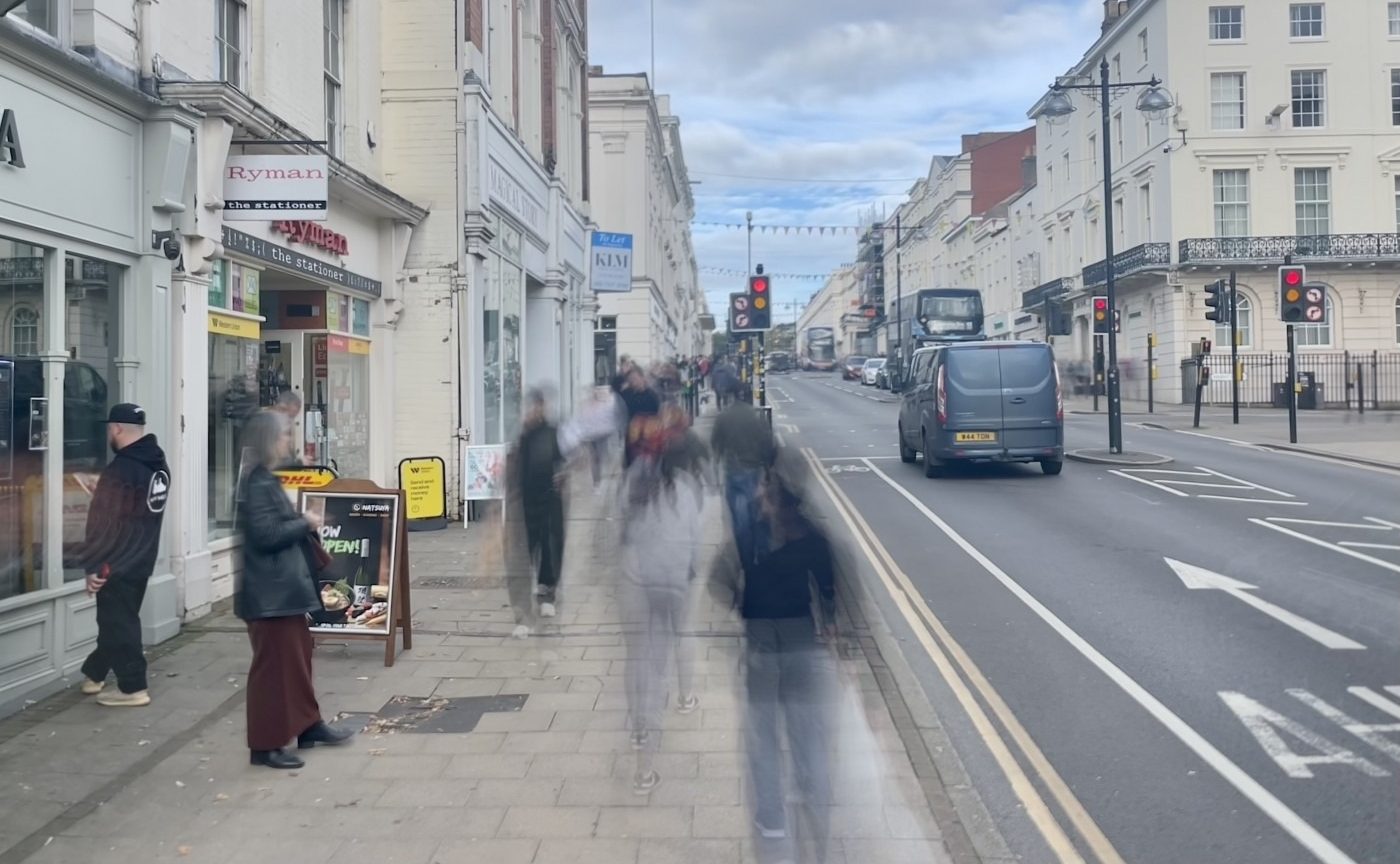Creative Quarter or Cultural Slaughter? Council decisions raise fears of Leamington becoming student ‘ghost town’
Royal Leamington Spa, with its regency architecture, the 19th century bathhouse, museums, and quaint little parks, has enjoyed a steady history of curious visitors.
It is home to many a Warwick University student, Warwickshire locals and business owners, and 10 different high streets that, like many similar parishes, represent the lifelines of the Warwickshire town. But with the ebb and flow of tourism and funds in the post-COVID tumult, the high streets now, for some, represent a new, sobering reality. What exactly Leamington can do about this new reality still appears to be up for discussion.
Seventy-one. That amount represents the total number of closures seen in Leamington between 2020 and 2022 as COVID gripped the UK, noted by the Leamington Observer. Despite a small boom in beauty-related services, Leamington lost 18 retail outlets and 34 clothes shops, the latter of which represents an 18% fall. There was even a 9% drop in food service businesses, going against the 4% rise seen nationally. That’s 71 altogether – all for a town not even one-third the population of Kensington and Chelsea, the smallest borough in London.
Some locals have been particularly sensitive to the symptoms of high street decay. A recent Daily Express article by Alycia McNamara featured Elaine Fitzpatrick, who runs a local flower shop in Leamington. She echoed the dire sentiment, referencing the boarded-up shops on the high street as taking the blame for what appears to be a large cut in tourist traffic, and as a result, the shop’s earnings. “There’s nothing to entice everybody into Leamington anymore.”
You can’t rely on these chains and a sort of ‘Londonisation’. Lean into the small-town selling point
Dhruv, third year Warwick student
A third year Warwick student, Dhruv, who spoke to The Boar agrees. “I agree with [Alycia]. There’s nothing that really makes Leamington unique.” And in discussing with him the presence of the chains such as H&M and Starbucks, he sees them as counter-productive to what has generated Leamington’s organic appeal. “You can’t rely on these chains and a sort of ‘Londonisation’. Lean into the small-town selling point.”
What’s more, the tourists that do end up coming, writes McNamara, reportedly ask what exactly in Leamington there is to do. Other than have a gander and a trip to the park, Elaine and her sister Linda don’t have much to recommend. “We should invest in more things to do, not H&M,” says Warwick student Alice. She admits to loving living in Leamington, but still sees it as “a bit behind”. Dhruv concurs: “Leamington should focus on hosting more events, otherwise there’s no reason to come here.” Both referred to the recent Eurovision gathering in the Pump Room Gardens as an example of the community events they want to see more of.
It definitely is a town whose beating heart is student
Isaac, Warwick student living in Leamington
The importance of such events for the health of the town is magnified when considering Leamington is Warwick University’s primary student town. Isaac, another Warwick student, was adamant in saying “it definitely is a town [whose] beating heart is student.” However, in the wake of COVID, the initiative taken by Warwick District Council was seemingly one not in favour of community events or high street restoration, but a burgeoning digital and creative scene.
In an effort to rise above the fog of 2022 Leamington gloom, it was announced the council would work with commercial property developer Complex Development Projects to introduce a “Creative Quarter” in the town – a 10-year initiative to rejuvenate and better equip Leamington for 21st century work, particularly in the digital and creative spheres. It even received a £10 million government grant from the Future High Streets Fund.
It’s unclear whether the council’s bet on a “Creative Quarter” will reap the rewards it needs for the town
Phase One of the programme involved an architectural makeover for the Grade II listed United Reformed Church on Spencer Street. Grade II listed buildings are those which are of historic interest or are culturally significant. The Church, now called The Fold, is renovated office real estate with a project cost of £5.5 million and, as of January 2024, was being rented by marketing agency Cogent. The adjacent nursery and dole offices are also included under Phase One, and Waterloo Place and Holly Walk House – both Grade II listed buildings – are also set to be refurbished. Aside from this, the shopping centre owners, La Salle, were also set to spend £8 million in creating a new 30,000 square foot office scheme in what was the former M&S unit. The House of Fraser store on Parade was planned to have the same treatment.
In speaking to the BBC, Deputy Council Leader Chris King said these buildings were “previously neglected and underutilised”, though Elaine still went as far as to tell the Express that the town is “dying”. In the context of a wobbly high street economy, investments like The Fold might be seen as economically productive for Leamington Spa. But with multiple perspectives at play, including those students and tourists itching for something to do, it’s unclear whether the council’s bet on a “Creative Quarter” will reap the rewards it needs for the town.

Comments (1)
The town needs more charity shops and take aways. And more pubs like the Railway. And less housing. There are too many good job opportunities. I think the Creative Quarter is another great idea, just like Old Town was. A few more drug addicts wouldn’t go amiss either.